SABR: A Radiation Treatment of Choice for Prostate Cancer
Published: April 06, 2021l
Questions About Prostate Cancer Treatment?
Request a consultation with the radiation oncology experts at the Stamford Health Bennett Cancer Center.
Call 203.276.7886
What are the advantages of SABR versus conventional treatment?
SABR is highly effective and accurate
In addition to shortening the treatment time with a higher and more focused radiation dose, SABR is also extremely accurate and therefore minimizes any damage to surrounding organs. SABR may also have a lower risk of side effects compared with other types of traditional radiation therapy.At Stamford Hospital, SABR was formerly administered using the CyberKnife since 2008 (the brand name for one of the several available machines). Our CyberKnife machine was replaced in 2019 with a TrueBeam Linear Accelerator, equipment made by Varian, a leader in the radiation oncology world.
Specific advantages of SBRT over conventional treatment:
- Short treatment course of only 5 total treatment sessions, usually administered every other day over two weeks, as compared to conventional external beam radiation treatment administered daily over 4-9 weeks
- Cancer control rates and outcomes are comparable to conventional radiation treatments and surgery
- Side effects may be less than conventional radiation therapy
How exactly does SABR work?
Before you can begin treatment, it’s important to understand the initial steps we take on your path to wellness:- Fiducial markers: We use a tiny metal object the size of a grain of rice to help line up the beams of radiation so that treatments are precise. That means we can target the tumor directly. This object, called a fiducial marker, helps your radiation oncology team keep surrounding organs like the bladder, bowel, rectum and hips healthy. The fiducial marker itself is not radioactive and will not “set off” MRI scanners or metal detectors!
- Simulation CT Scan or MRI: Our team will use a computerized imaging system to view your prostate gland and the surrounding area. We will them make a 3D outline of your prostate and design a treatment plan specific to your anatomy.
- SpaceOAR® hydrogel insertion: Your radiation oncologist will insert a gel, also called a rectal spacer, between your prostate and rectum. Your body will absorb the gel after three months.
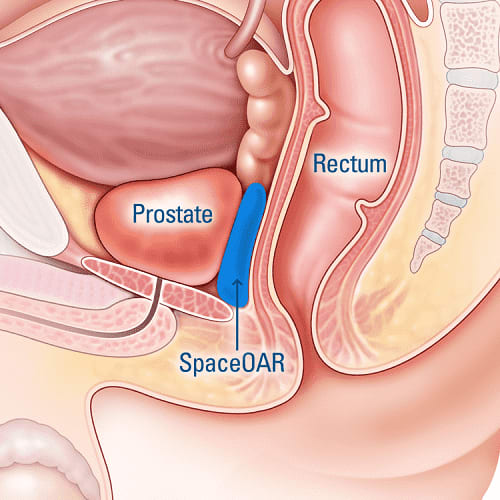 What is the benefit of the SpaceOAR® hydrogel?
What is the benefit of the SpaceOAR® hydrogel?
The prostate is next to the rectum and naturally separated by a small space. Because of this, prostate radiation therapy can unintentionally cause damage to the rectum, which can lead to issues with bowel function. The hydrogel spacer pushes the rectum away from the prostate, decreasing rectal injury during prostate radiation therapy. By pushing the prostate farther from the rectum, the radiation dose delivered to the rectum is reduced, which may lessen damage to the rectum and minimize the potential side effects from radiation.
As a patient undergoing SABR treatment, what can I expect?
You will have a series of two initial appointments before you begin your regular SABR treatment.1. At your first appointment, we will insert the fiducial markers and the SpaceOAR® hydrogel. This is done on an outpatient basis at the Bennett Cancer Center.
- On the day of the procedure before you arrive, you will be asked to prepare a stool sample and take an anti-anxiety medication along with antibiotic which we will prescribe beforehand.
- You will be positioned on the procedure table with your legs in stirrups.
- Your physician will numb the area around the prostate with a local anesthetic. This may briefly burn or sting before the area becomes numb.
- The marker seeds will then be placed within the prostate through ultrasound based needle guidance.
- The seeds are NOT placed through the rectum but through the skin on the outside of your body between the scrotum and the rectum.
- Then, your doctor will inject the rectal spacer gel into the space between your prostate and rectum using a needle.
- Pressure is applied to the site to prevent any bleeding.
- On average this procedure takes a total of 20-30 minutes.
2. Your second appointment will take place two weeks later. You will return to the Bennett Cancer Center for a non-contrast (dye) CT scan and a contrast MRI.
- You do not need to do anything to prepare for this appointment.
- You will meet the physicist and radiation oncologist who will read your CT and MRI results, and then come up with the best treatment plan for you.
3. Your third appointment will take place another two weeks later. You will return to the Bennett Cancer Center for the first of five Stereotactic Ablative Body Radiation Therapy (SABR) treatments.
- You can expect your radiation oncology team to contact you with information about bowel and bladder preparation before your appointment.
- During your treatment, you are positioned on the table and the True Beam linear accelerator rotates around you and administers the radiation dosage. This takes no longer than 20 minutes.
- Your radiation oncologist and physicist, whom you’ll have previously met, will be at every treatment to ensure your safety, accuracy of treatment and overall comfort.
To make an appointment for consultation, please call our offices at 203.276.7886.








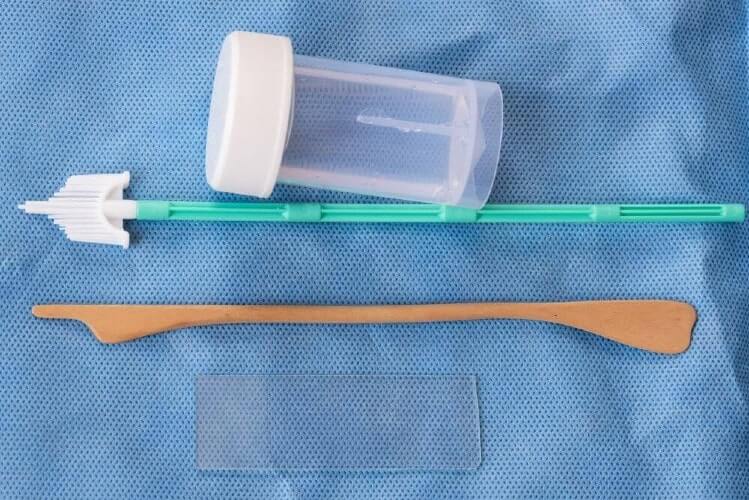











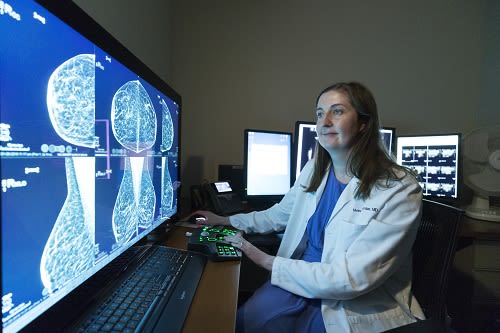





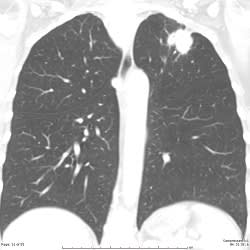













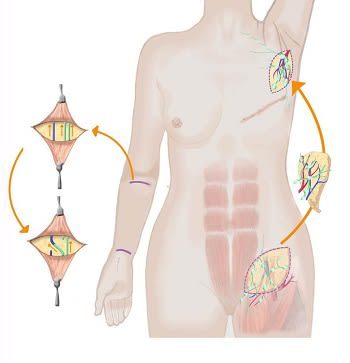


















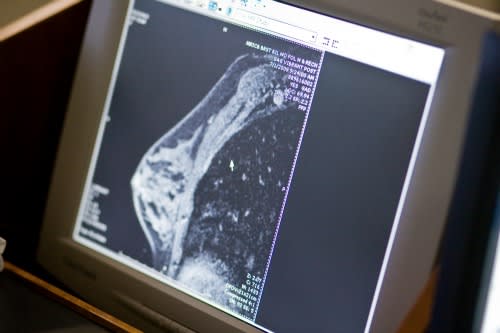








)


)

)
)




